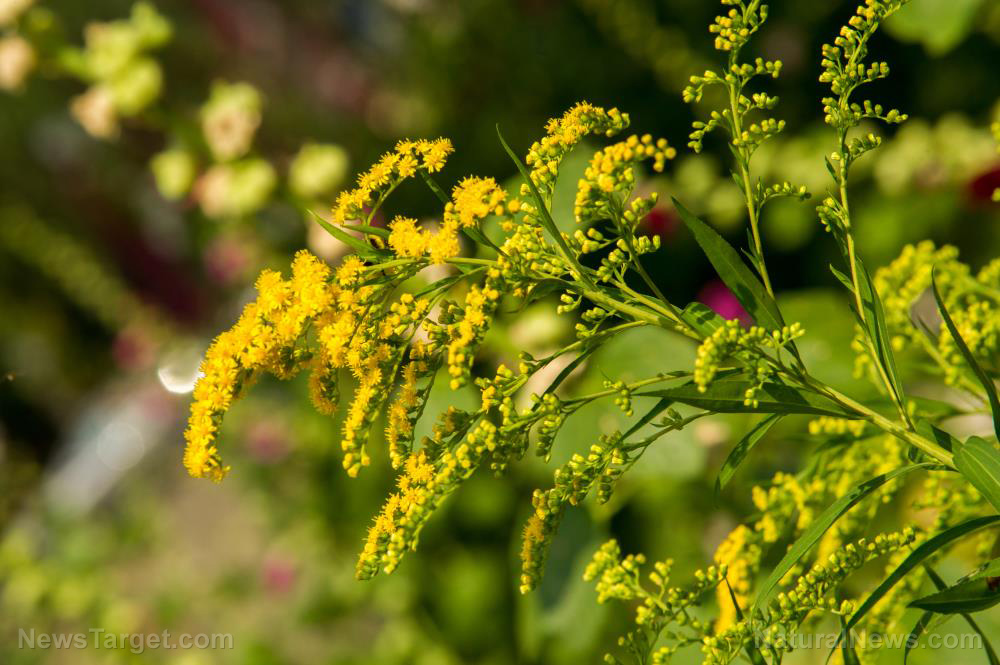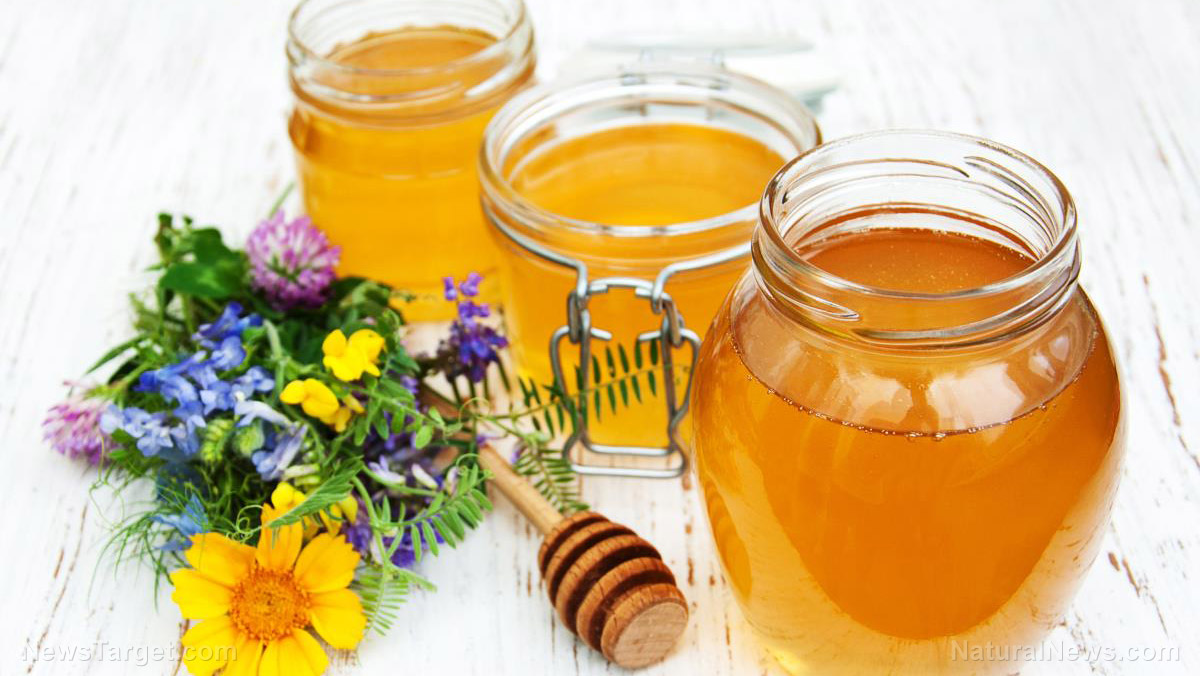Bee warfare: Domesticated honey bees spread viruses on plants, driving wild bumblebees to extinction
02/09/2020 / By Michael Alexander

If you’re buying your honey from domestic apiaries and suppliers, there’s a high chance that you are contributing to the continued eradication of wild bumblebees, according to scientists.
According to a group of scientists from the University of Vermont (UVM) and the University of Florida, a spillover of viruses from domesticated honey bees (Apis mellifera) may be killing off populations of many wild bumblebee species (Bombus spp.).
The scientists, led by Samantha Alger from UVM published their study in the journal PLOS One.
According to the scientists, the viruses are likely to have spread through salivary secretions or feces left behind on flowers by domesticated honey bees while they are foraging.
In their study, the researchers revealed that two RNA viruses were found in higher rates in wild bumblebees collected near managed beehives in apiaries than those farther out: the black queen cell virus (BQCV) and deformed wing virus (DWV).
One of the 22 known viruses to affect honey bees, BQCV causes mortality in queen bee pupae, with the virus seen to turn queen bee larvae yellow and then brown-black. On the other hand, DWV, as its name suggests, results in particularly stubby, useless wings, as well as other deformities such as shortened, rounded abdomens, discoloration, damaged appendages and paralysis of the legs and wings.
As detailed in their study, Alger and her team collected bumblebee, honey bee and flower specimens from seven sites in Vermont within 300 meters of commercial honey bee apiaries, and 12 sites with no commercial apiaries within one kilometer. Data published on bee flight ranges for both honey bees and bumblebees indicate a flying overlap of one kilometer. At each field site, the researchers placed the bees on dry ice to preserve their RNA until lab storage at 80 C or 176 F.
According to the team, they were able to detect BQCV in 75.7 percent of the bumblebee samples and DWV in 9.3 percent of the samples. (Related: Wild bees, butterflies and other pollinators are on the path to extinction if we don’t stop poisoning them.)
Alger, a beekeeper and researcher in UVM’s Department of Plant & Soil Science and Gund Institute for Environment, said their recent study confirms a suspicion long held by other bee experts: that RNA viruses might move from honey bees to bumblebees through shared flowers.
“Many wild pollinators are in trouble and this finding could help us protect bumblebees,” Alger said, adding that the results of the study poses implications for how domestic bees are managed, and where they are located.
“This research suggests that we might want to keep apiaries outside of areas where there are vulnerable pollinator species, like the rusty patched bumblebees,” Alger said, “especially because we have so much more to learn about what these viruses are actually doing to bumblebees.”
Of particular note are large-scale commercial pollination operations catering to industrial-scale monoculture farms.
“Big operators put hives on flatbed trucks and move them to California to pollinate almonds and then onto Texas for another crop,” Alger said, adding that this results in the domesticated bees carrying their diseases wherever they go.
Alison Brody, a professor in UVM’s Department of Biology, and senior author on the new PLOS One study added that based on the results of their research, beekeepers must enact careful monitoring and treating of diseased honey bee colonies, in order to protect wild bee populations from subsequent infections.
“If you aren’t willing to put in the work to monitor and treat your bees, you could actually be harming wild bee populations instead of helping them,” the researchers said.
Sources include:
Tagged Under: animals, biodiversity, bumblebees, conservation, domesticated bees, Ecology, environment, extinction, green living, honey bees, Plants, pollination, pollinators, research, wild bees, wildlife
RECENT NEWS & ARTICLES
COPYRIGHT © 2017 BEES NEWS



















